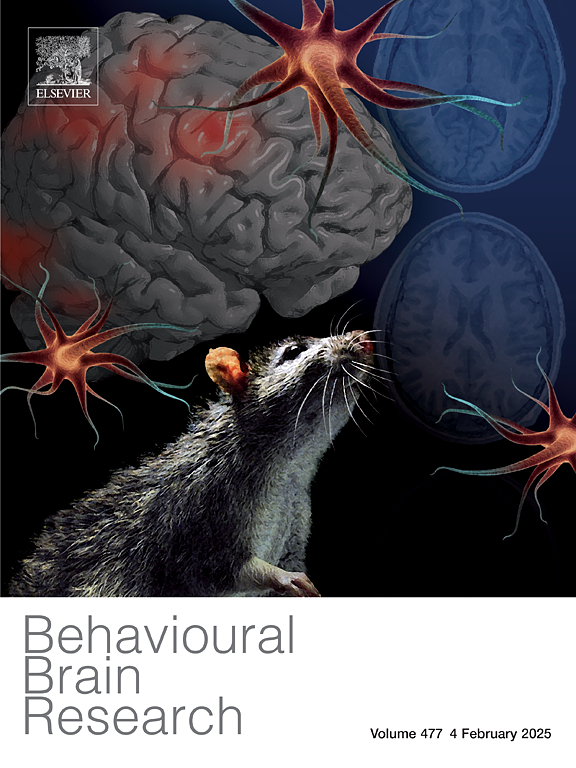The cerebellar connectome
IF 2.6
3区 心理学
Q2 BEHAVIORAL SCIENCES
引用次数: 0
Abstract
The cerebellum, once primarily associated with motor functions, has emerged as a critical component in higher cognitive processes and emotional regulation. This paradigm shift frames the cerebellum as an essential focal point for elucidating sophisticated functional brain circuitry. Network neuroscience often maintains a cortical-centric viewpoint, potentially overlooking the significant contributions of the cerebellum in connectome organization. Enhanced recognition and integration of cerebellar aspects in connectomic analyses hold significant potential for elucidating cerebellar circuitry within comprehensive brain networks and in neuropsychiatric conditions where cerebellar involvement is evident. This review explores the intricate anatomy, connectivity, and functional organization of the cerebellum within the broader context of large-scale brain networks. Cerebellar-specific networks are examined, emphasizing their role in supporting diverse cognitive functions via the cerebellum's hierarchical functional organization. The clinical significance of cerebellar connectomics is then addressed, highlighting the interplay between cerebellar circuitry and neurological and psychiatric conditions. The paper concludes by considering neurostimulation treatments and future directions in the field. This comprehensive review underscores the cerebellum's integral role in the human connectome.
求助全文
约1分钟内获得全文
求助全文
来源期刊

Behavioural Brain Research
医学-行为科学
CiteScore
5.60
自引率
0.00%
发文量
383
审稿时长
61 days
期刊介绍:
Behavioural Brain Research is an international, interdisciplinary journal dedicated to the publication of articles in the field of behavioural neuroscience, broadly defined. Contributions from the entire range of disciplines that comprise the neurosciences, behavioural sciences or cognitive sciences are appropriate, as long as the goal is to delineate the neural mechanisms underlying behaviour. Thus, studies may range from neurophysiological, neuroanatomical, neurochemical or neuropharmacological analysis of brain-behaviour relations, including the use of molecular genetic or behavioural genetic approaches, to studies that involve the use of brain imaging techniques, to neuroethological studies. Reports of original research, of major methodological advances, or of novel conceptual approaches are all encouraged. The journal will also consider critical reviews on selected topics.
 求助内容:
求助内容: 应助结果提醒方式:
应助结果提醒方式:


